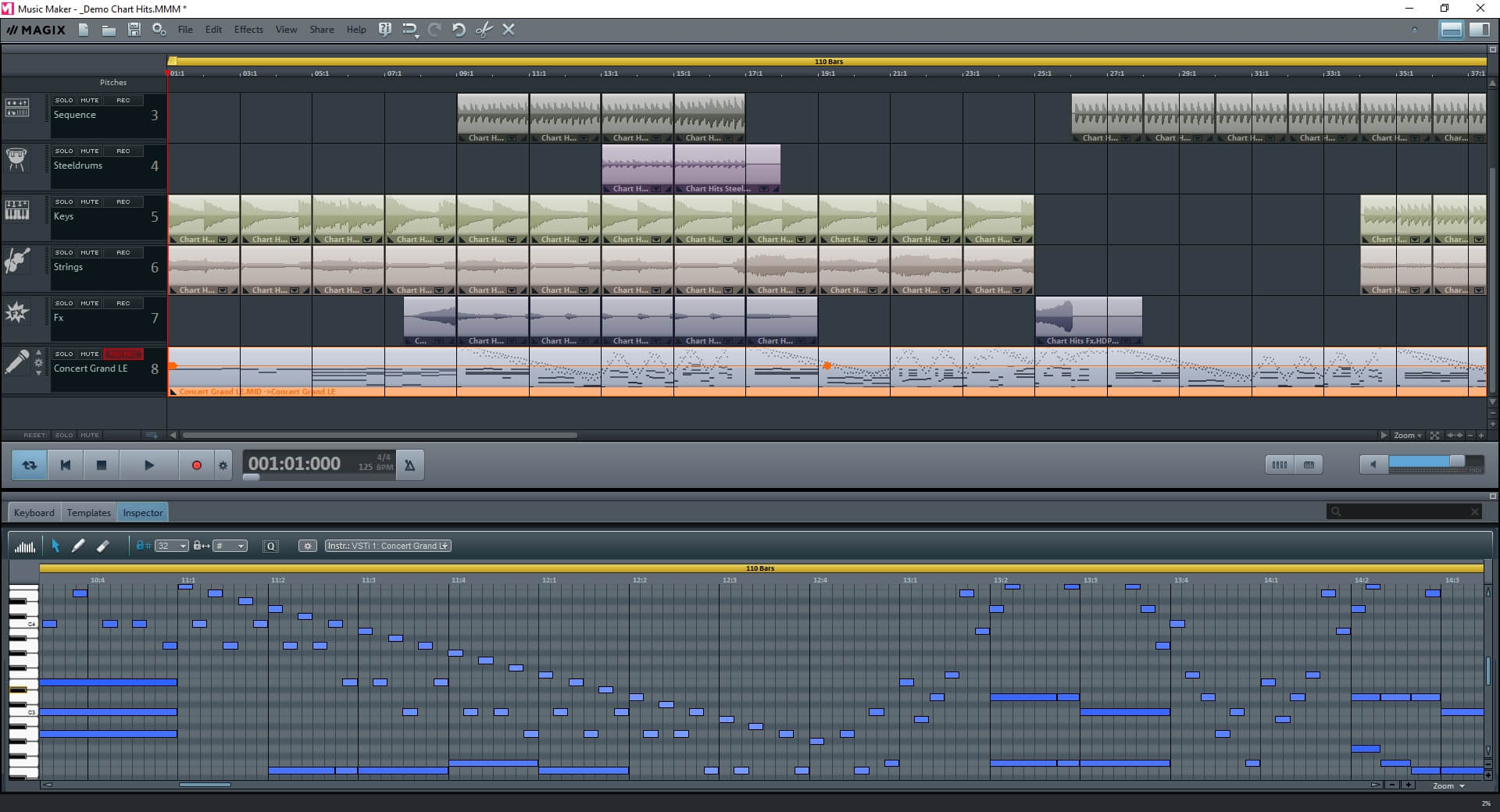Vst Plugins For Magix Music Maker Average ratng: 6,8/10 7476votes

Hardware keeps disappearing from studios to be replaced by new software. VST instruments are the biggest “displacers” in this phenomenon. Not only the sound, but also the switches, buttons and sliders of the physical synthesizers are continuously replaced with a graphic surface. Most virtual synthesizers are programmed from scratch and have a wide range of various sounds. They are loaded into a program such as MAGIX Music Maker via the VSTi interface (VSTi = Virtual Studio Technology Instrument) and “played” inside it using a MIDI controller, e.g. A master keyboard.
Countless manufacturers offer VST instruments in the meantime. Several such synthesizers are already installed together with MAGIX Music Maker. In addition, you can embed as many virtual instruments of third-party providers in the form of plug-ins as you like. Virtual interfaces A virtual interface enables a program like MAGIX Music Maker to connect to a plug-in that works much like an independent program, and that plug-in can be used from the program only via the virtual interface.
Top free magix music maker vst plugin downloads. Easily create your own tunes and publish them directly on MySpace. Simply create great music.
MAGIX Music Maker supports VST and ReWire virtual interfaces. VST (VSTi = VST instrument) is the most commonly used standard.
The ReWire protocol enables communication between two ReWire compatible programs. With it, you can control not only virtual synthesizers, but also other programs. Tip: The web page offers a good overview of commercial and free VST plug-ins. You can expand your synthesizer pool as much as you like using VST plug-ins. The number of instruments that can played simultaneously is limited only by the PC’s computational power. In addition to the ability to embed virtual synthesizers from third party providers, you also have the synthesizers that come together with the program.
In contrast to MAGIX synthesizers, external plug-ins require making some presets. Installing VST instruments Before installing new plug-ins, you should create a central folder where all plug-ins will be installed and saved. A straightforward path would look like this “C: VST-plug-ins”. • Install your VST instrument like a normal Windows program and enter the path name of your “VST plug-in” folder. If the software synthesizer doesn’t have an owninstallation program and consists only of a “*.DLL” file, simply copy it by hand into the “VST plug-ins” folder. Enter the name of the directory where your plug-ins are found in the “Directory” tab of in Program Settings (“File” >“Settings” >“Program settings” or P key).
Load VST instruments You will find your VST instruments in MAGIX Music Maker in the Media Pool in the “Instruments” tab. • On the left side, you can switch between VST instruments and object synthesizers. When a VST instrument is loaded, a MIDI object is created, which will appear in the project window.
The name of the loaded VST instrument will also appear in the track header. The MIDI object controls the VST instrument and waits to be “filled” with the right melodies, harmonies and other control commands. To accomplish this, you have to know how to deal with MIDI control commands. Usblyzer 1.6 Keygen there.
We’ll show you this in a different article. If you mouse-click on a MAGIX Music Maker virtual keyboard or press a key on your MIDI keyboard, you should hear something. If this doesn’t happen, something is wrong and you have some troubleshooting to do. Now you should have an idea of the basic function of VST instruments in MAGIX Music Maker. The new Music Maker includes many new virtual instruments, including Pop Drums and Concert Grand. In the following article, we will present these new VST instruments to you in detail. Do you want to expand your VST instrument portfolio?